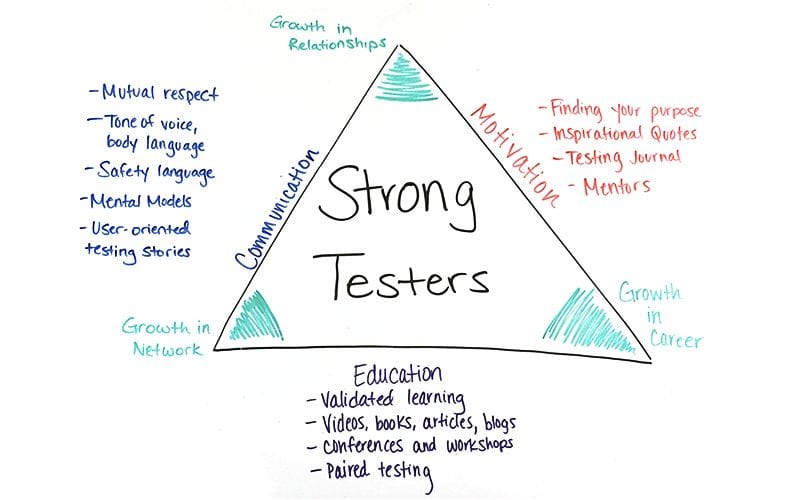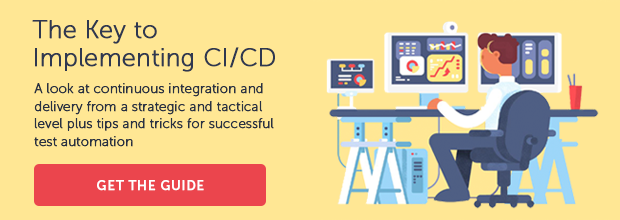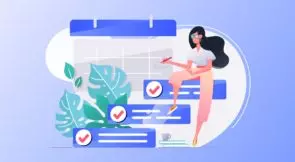Growing up as Testers in the software testing industry, we often go through a lot of thoughts and have several questions in mind such as:
- How do I learn about software testing?
- I like my job but how do I get to the next level?
- Am I good at my job?
- There are so many testing jargons people are using and I do not understand any of them
- You are trying to communicate effectively but people still do not understand you
Based on testing software for a over a decade now, reading articles and blogs, interacting with practitioners from all over the world and analyzing my success and failures as a tester in the past several years; I discovered everything comes down to 3 Key Factors that paves the path to becoming a strong tester. These factors form the Strong Tester Model Stability as shown below.
 Factor 1 – Motivation
Factor 1 – Motivation
- “Run Your Own Race” – As Testers, we constantly keep comparing ourselves with other people, try to do more without paying attention to what our goals are and finally end up getting stressed as a result of being overworked and concentrating on lesser priority things. In life and in testing, we need to remember that, the ONLY person we are competing with; is OURSELVES. We need to identify our strengths and answer to our conscience, rather than comparing ourselves with others who totally have different set of goals.
- Embrace Your Talents – Recognize your strengths and weaknesses. Embrace them and work to your skill sets with well defined goals and deadlines. Hold yourself accountable.
- Go Explore – We will find our true passion only when we explore different things and take chances. Everyone starts from somewhere and no one is an overnight success. So start your journey and exploration. Try anything at least once with full dedication and determination. Remember “If you take a chance in life sometimes good things happen and sometimes bad things happen. But if you don’t take a chance, nothing happens.”
- Tips and tricks for sustained and continuous motivation:
- Have inspirational quotes to get you going when you are down or feel lost. Everyone has a trigger point, what is yours?
- Have a Testing Notebook to note down all things testing when you read, explore and talk to people. Looking at your notes will spark different ideas for new techniques, strategies, articles, talks and so on. The opportunities are endless.
- Use Mind Maps to visualize your thoughts and goals. This gives you something concrete to think about and helps in prioritizing each one of them.
- Listen to inspiring podcasts and read motivational books.
- Do deep work.
- Have trusted Mentors to help you out in your journey. They help to challenge ideas, brainstorm solutions and guide you. Meet with them regularly via Skype or on a 1:1 basis.
Factor 2 – Communication
- Intercultural communication – In a corporate world, we work with people from different cultures and regions. That being said, be cognizant of the cultural differences, usage of idioms and phrases and help them adapt to these differences. The learning goes both ways in terms of people from different cultures having an open mind and learning from the local people and vice versa.
- Body Language – About 55% of our communication is through body language. Thus, having effective body language is important when working with other people. Be a good listener, have proper eye contact and pay attention.
- Tone of Voice – Raising our voice in meetings to express our opinions or concerns does not work. When we raise our voice, the point does not get communicated across to the other person. The only thing noticeable during these times is the fact that, the other person is shouting and it automatically makes people react in a less amicable way.
- Mental Models – People create their own mental models about objects, systems, ideas, description and so on. It is important to notice this and be open to hearing other people’s ideas.
- Know your audience – Different people need different kinds of information. We need to modify our testing story based on our audience.
- Safety Language – Prevent digging a hole for yourself by using safety language. Use word fillers like “could be”, “may have”, “would it be” etc. For Example – You can say “This defect could be reproduced under these conditions” instead of saying “This defect will be reproduced only in this way.”
Factor 3– Education
- Validated Learning – The“Lean startup” principles of Build->Measure->Learn holds good in testing as well. Always build a Minimal Viable Product or Proof of Concept, then solicit feedback. Based on the feedback keep making the product better. Follow an iterative approach.
- Pairing
- Developer – Tester pairing
- Pairing while writing unit tests helps to identify gaps in development testing and these gaps can be addressed by Testers during their testing process.
- Pairing in code reviews helps to find vulnerabilities in code.
- Pairing also helps in learning the programming language.
- Pair Testing with Testers/Developers
- Paired Testing helps in continuous exchange of ideas/observations and helps to better explore the system
- Developer – Tester pairing
- We gain experience only by committing mistakes. Remember “Things are never as bad as they feel or good as they sound.”
- Conferences
- The track sessions help to learn about different topics relevant to the industry. If you do not like one session feel free to go to another one. A lot of money is invested by you and your company, so take advantage of it.
- Do your research – Before going to a conference, identify people you want to network with, then meet up with them during the conference to learn and exchange ideas.
- Hallway conversations and networking – A lot of learning takes place outside the conferences rooms in the hallways and networking events during the conference. Ensure you exchange business cards; in the back of the cards note down hints about the person and follow up with him/her after the conference.
- Share your ideas, thoughts and problems with the community. Use blogs, LinkedIn and Twitter to help other people like you.
“If you want different results, you need to be willing to do things differently and different things” (from 12 Week Year)
In case of any questions, please feel free to contact me at raj@testim.io or visit my website at www.rajsubra.com
To get inspired, visit this page which is my source of inspiration – http://www.rajsubra.com/inspirational-books-articles/
Finally, my youtube videos can be found here – http://www.rajsubra.com/my-youtube-channel/





